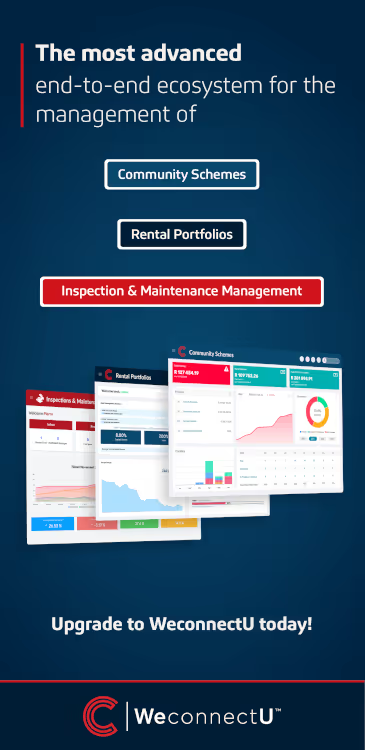Cracking SA’s R350bn gap with smarter finance models
- Traditional banks approve just 28% of SME loans, leaving 72% of viable businesses stranded.
- Structured finance delivers custom, faster, asset-backed funding without forcing equity dilution.
- Private debt and creative deal-making are now unlocking real growth for mid-cap and MSME borrowers.
Introduction: The Financing Squeeze
South Africa’s small and medium enterprises (MSMEs), the lifeblood of job creation and innovation face a crippling credit drought. Despite generating more than 80% of jobs, micro and small businesses remain starved of funding.
Traditional banks, constrained by Basel III regulations, rigid credit scoring, and greylisting fallout, approve less than a third of SME loan applications.
The result: a staggering R350 billion funding gap. Yet where traditional finance retreats, structured finance steps in, not as a stopgap, but as a strategic, tailored way to fund growth, survival, and opportunity.
Understanding Structured Finance
Structured finance is not “one-size-fits-all.” It’s a toolkit for designing flexible, hybrid funding solutions that blend debt, equity, and asset-based instruments to meet a business’s unique capital needs.
Instead of waiting months for a loan or surrendering equity, businesses can access liquidity through creative structures such as:
- Mezzanine financing - sits between debt and equity, balancing risk and return.
- Sale and leaseback arrangements - converting owned assets into working capital.
- Joint ventures and presale funding - pooling resources and cash flows.
- Option structures - future buy-back or sell rights to retain long-term control.
This is finance engineered for agility, built around the borrower, not the institution.
Case Studies: Creativity in Action
1. Owning without upfront capital
A long-term tenant wanted to buy their premises but lacked liquidity. Paragon Finance formed a joint venture (NewCo) to acquire the property, structured a 10-year lease, and raised competitive senior debt.
The client secured a call option to repurchase the property later, which they exercised successfully. Outcome: full ownership, minimal upfront cost, and control retained throughout.
2. Turnaround in a crisis
After a business owner’s death, banks refused to fund a successor due to the estate’s complexity. Paragon engineered a sale-and-leaseback of the property plus a working capital facility.
This bridging structure enabled the company to settle suppliers, maintain operations, and later repurchase the property at a fixed price, all within six months.
The Benefits of structured finance
Structured finance empowers businesses to move beyond traditional lending constraints:
- Speed & Flexibility: Deals close in weeks, not months.
- No Equity Surrender: Access capital while maintaining ownership.
- Tailored Risk Sharing: Aligns investor appetite with borrower needs.
- Asset Optimisation: Turn idle property or cash flow into active capital.
- Resilience: Provides continuity when banks pull back or compliance tightens.
Gary Palmer, CEO of Paragon Finance, sums it up:
“Structured finance is where creativity meets capital. Non-bank lenders can think differently, we solve problems banks can’t, with tailored, agile solutions that work in the real world.”
Way Forward: The rise of private debt
Private debt and structured finance are no longer fringe. They are central to South Africa’s evolving capital ecosystem, particularly as fintech and alternative lenders mature. Individually negotiated deals mean terms are customisable, processing is faster, and capital flows to businesses that drive real growth.
As Palmer notes: “Private credit is now a mainstream asset class. It’s flexible, it’s fast, and it’s where innovation in finance is happening.”
Structured finance is more than funding, it’s an enabler of sustainability, jobs, and inclusive growth. Closing the R350 billion MSME funding gap will require this kind of smart, engineered capital, not more red tape.






.avif)

.avif)


.avif)

.avif)




.svg)


.avif)

.avif)







%20.avif)








.avif)
%20.avif)
